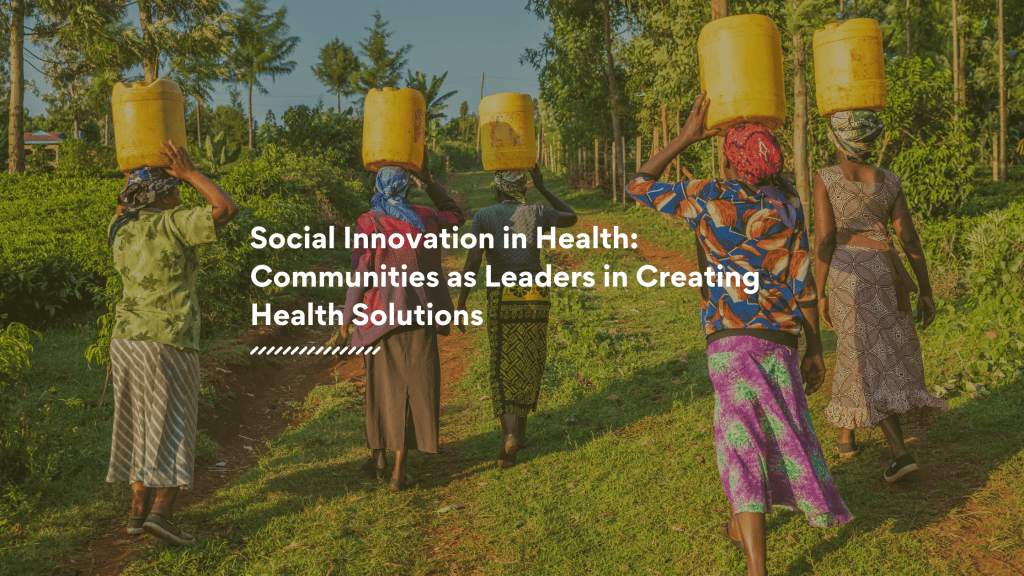Social Innovation in Health: Communities as Leaders in Creating Health Solutions
During one of my classes on the Social Determinants of Health, a student asked a thought-provoking question that led me to reflect deeply on the role of communities in health innovation. The question was:How can communities, particularly vulnerable populations, play a role in creating health technologies that improve their own health outcomes?This question touches on the broader concept of social innovation in health, which focuses on developing novel solutions to improve health outcomes, especially for vulnerable populations. Within this framework, community participatory research (CPR) and co-creation are essential processes that ensure these solutions are grounded in the needs and experiences of the communities they aim to serve.Social innovation in health involves a wide range of approaches aimed at addressing the root causes of health inequities. It seeks to create practical, sustainable solutions that challenge traditional healthcare models and center community involvement. These innovations can take many forms, including new technologies, care delivery models, or systemic improvements that make healthcare more accessible, affordable, and effective for underserved populations.One essential component of social innovation is Community Participatory Research (CPR). In CPR, community members are not merely passive subjects of research; instead, they become equal partners in identifying health challenges, collecting data, and interpreting results. This active involvement guarantees that the solutions developed reflect the specific needs and contexts of the communities involved. This is especially important when addressing the social determinants of health, such as poverty, social exclusion, and environmental risks, which are often overlooked by conventional health interventions.For instance, a community...









